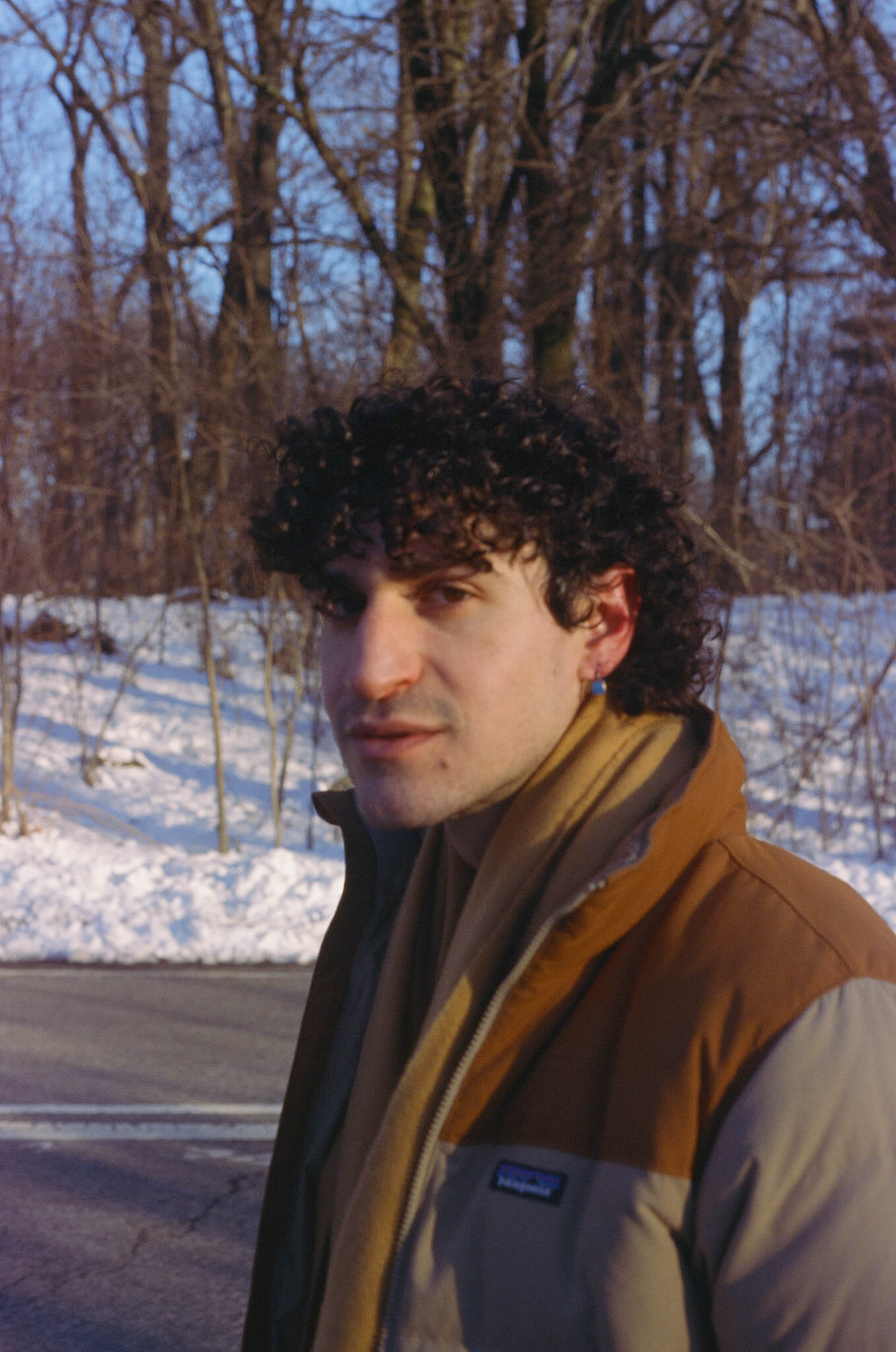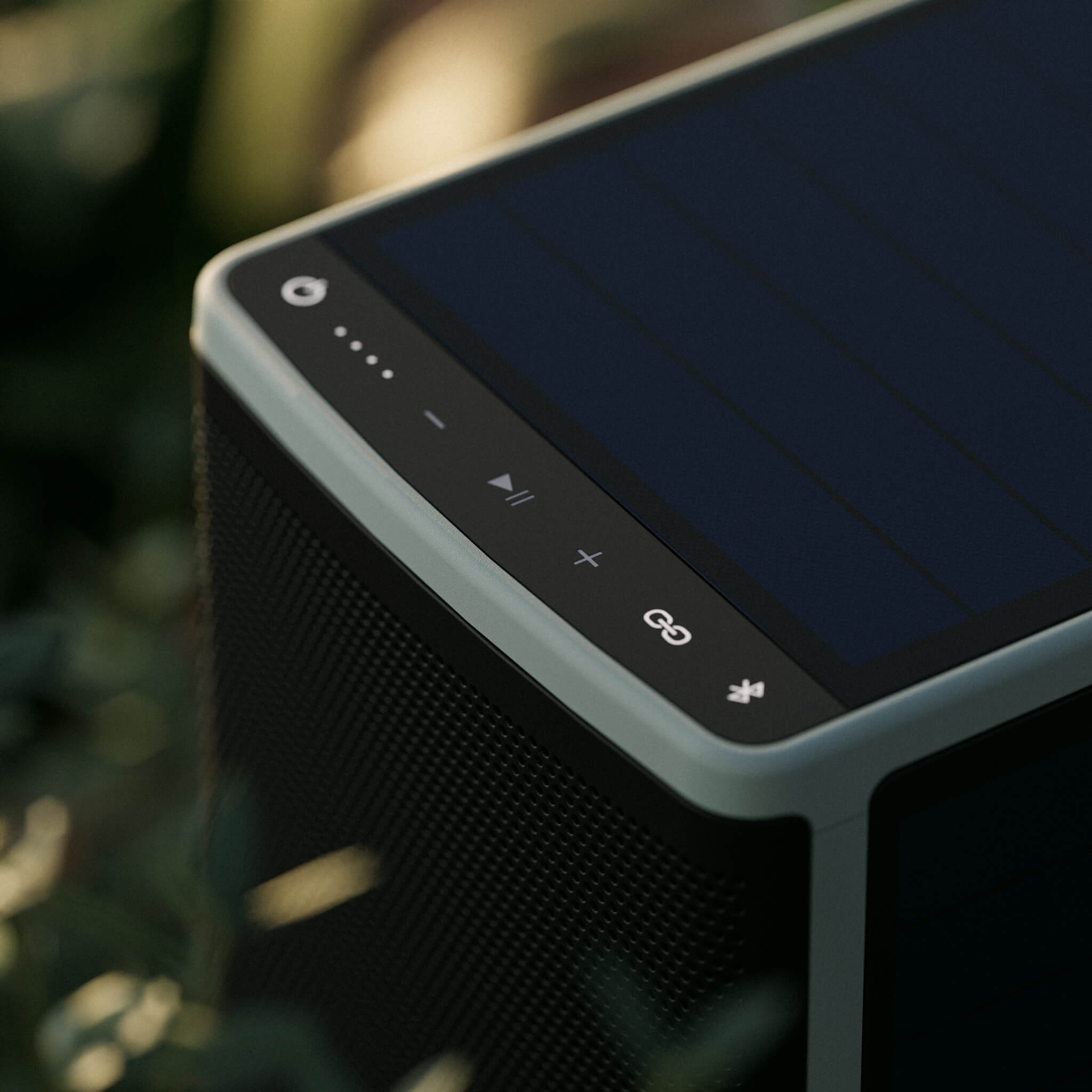Member profile: Marcus Eisendorf, industrial designer
We’re lucky to work with some incredible talent here at informal. We’re highlighting our members here on the blog to give you an inside look into who makes up the informal community.
Marcus Eisendorf joined the informal team as an industrial designer in 2019. We recently chatted with him about his reasoning for choosing hardware and what his favorite tools are to get him through his day. When he’s not working, you can find Marcus hanging out in the park with a historical fiction read or heading out of the city to go camping.

How did you end up getting connected with informal and in the freelancing space?
Let’s see, I graduated in 2017 from Rochester Institute of Technology and immediately went to work for a number of different places doing housewares and more conceptual work with Josh Owen, an independent designer.
I moved to California and did some work with a housewares brand, and then moved back to New York and did work on high-tech maintenance equipment for aircrafts. I was in a collaborative environment with engineers and software developers doing fully integrated hardware.
It was around that time in 2019 that I started freelancing and got my first project with informal. I was invited through my friend Tristan Cannan, who had a project but just didn’t have the bandwidth to work on it anymore, so he passed it off to me. I started off doing mostly visualization work, which has been the majority of what I’ve done for informal now. I mainly create renders and imagery for the products that we design.
Do you have any favorite products or tools that you use on a day-to-day basis?
Yes! The tool that I use more than anything in the world is Blender. It’s an open source 3D software, and I speak its praises to anyone who will listen. It’s the only thing I use.
It creates a conversation with the clients at a speed where I can easily move through the design process, and you can’t match that in other 3D software. I think the way you can iterate and speed up your workflow is pretty gnarly.
I typically start on paper and create some sketches. Once I get approval from a client, I go straight into Blender, where I can mock up 3D concepts really quickly. I can get to a point where the client can have a really good understanding of what they’re looking at, prior to actually going into the more dimension-based modeling for manufacturing. I’m able to iterate really quickly.
When I’m in meetings with the client, I can share my screen and say, “Okay, this is what we have.” We can just pull and push and adjust the product in real-time, and that’s not possible in other software.
I do 90% of my job in Blender, and I think 99% of industrial designers never touch this software. So I’m the biggest advocate for it. The learning curve can be pretty steep for designers, as you can’t just go on YouTube and search for “industrial design modeling for Blender.”
I’ve been using Blender for around five years, and I’ve only recently developed the whole iterative modeling process. I’m excited to be able to teach people at my job about how to use Blender in a different way.
What do you find most challenging about working in hardware? And what do you find most inspiring?
When you’re designing the shape of an object, sometimes it comes easily, but usually there’s this moment where you have to accommodate some component. Or, that moment when you’re designing something and you’ve gotten everything kind of figured out, but there’s one transition that you just can’t make sense of. Figuring that out is the answer to both of these questions.
When you finally work it out and you’ve shaped this thing to make sense, that’s the hardest part of the end. And also, the most satisfying.
I think that’s the case with most problems that you run into. Designing something is both the hardest part and the most satisfying. And, I think that’s what’s fun about industrial design.
High level, the goal is to solve some problem with the product that you design. But on a more micro level, the problems you face during the design process are really fun to solve. How am I gonna make this thing? How am I gonna do this little mini transition? And all with the larger goal of solving a big problem of design, which is creating something useful and functional.

We’re always looking for engineers, designers, brand strategists, and writers to join our team. If you’ve got a skill that you think we need, send us a message! We’d love to chat.